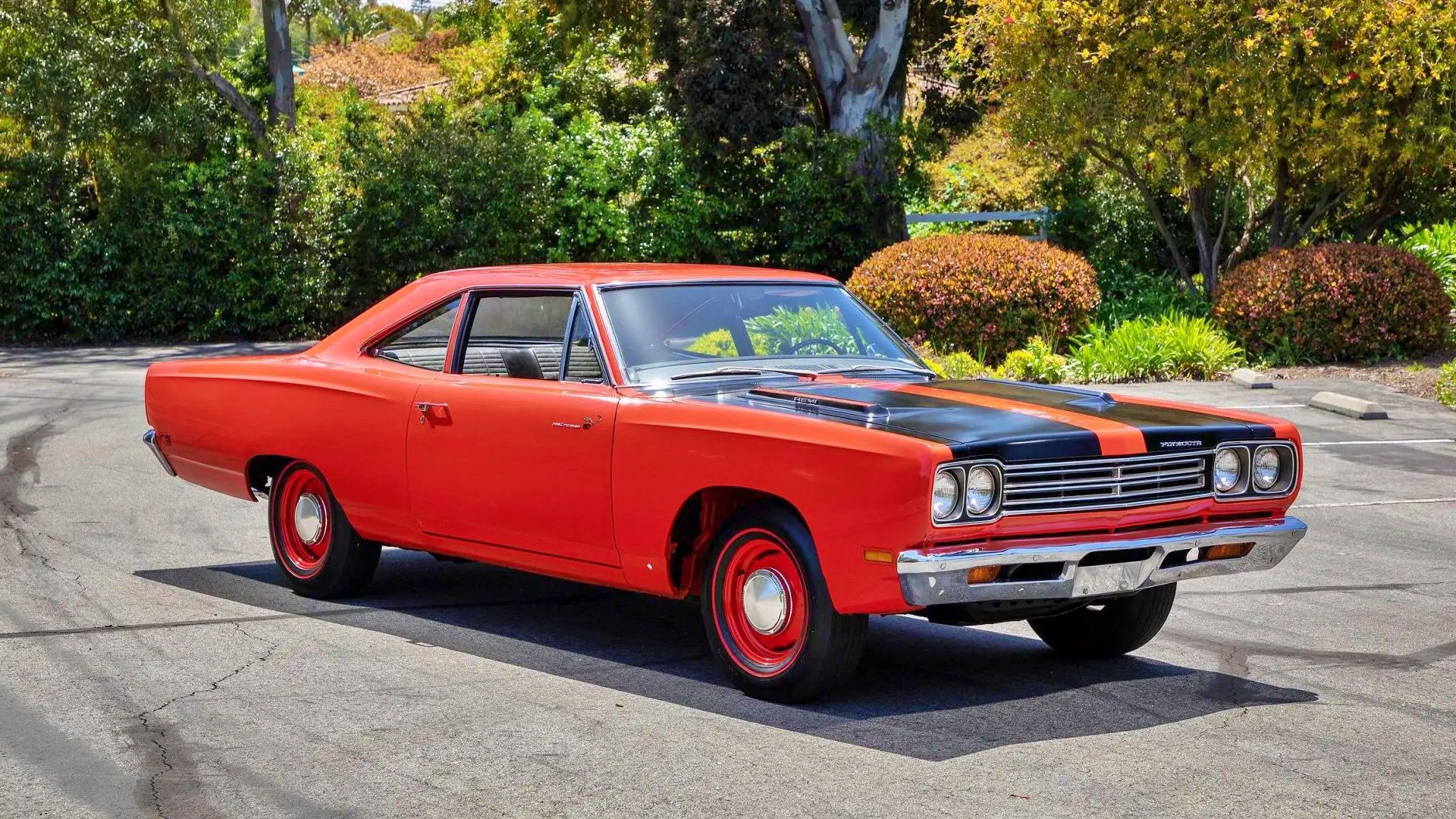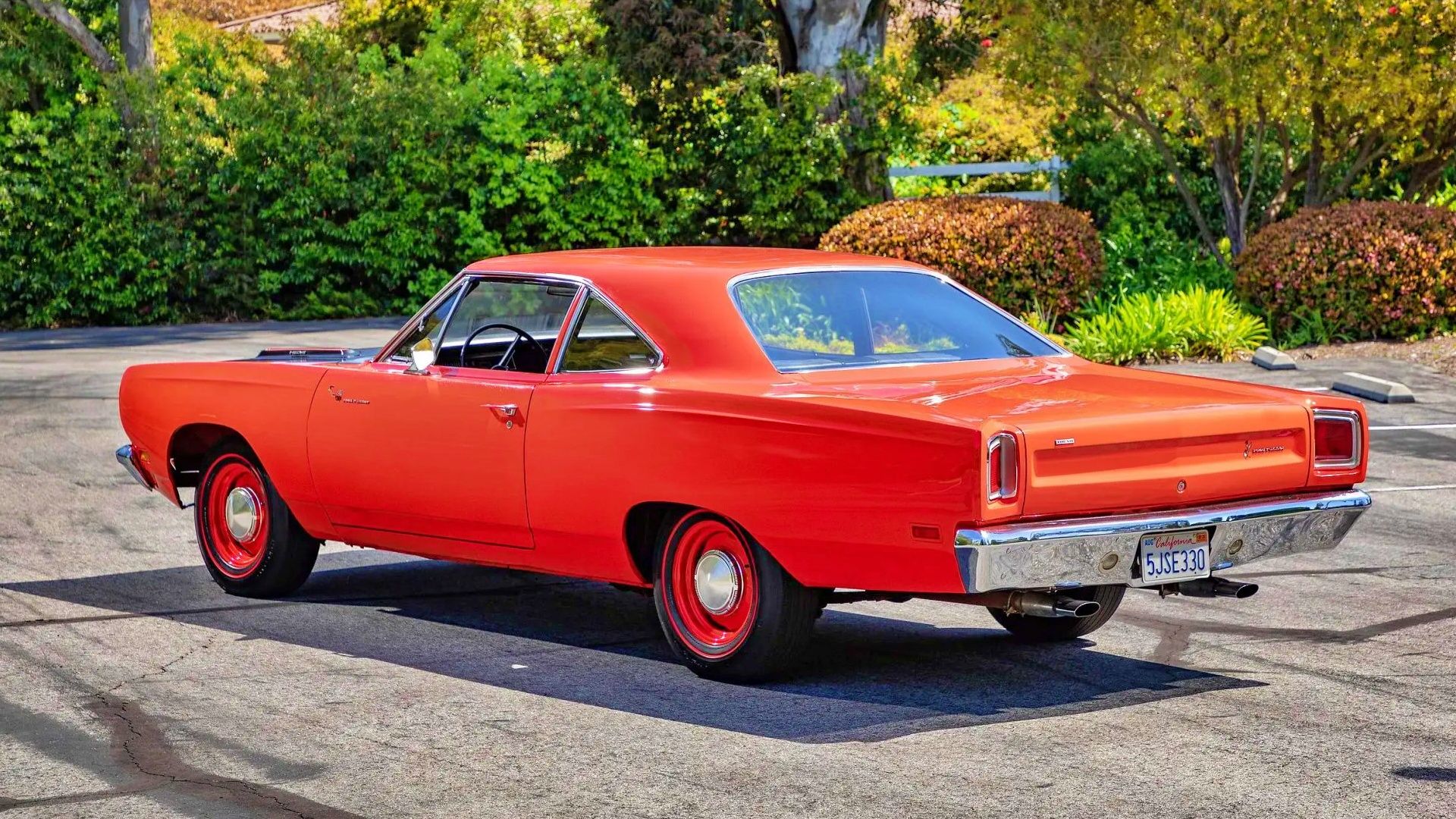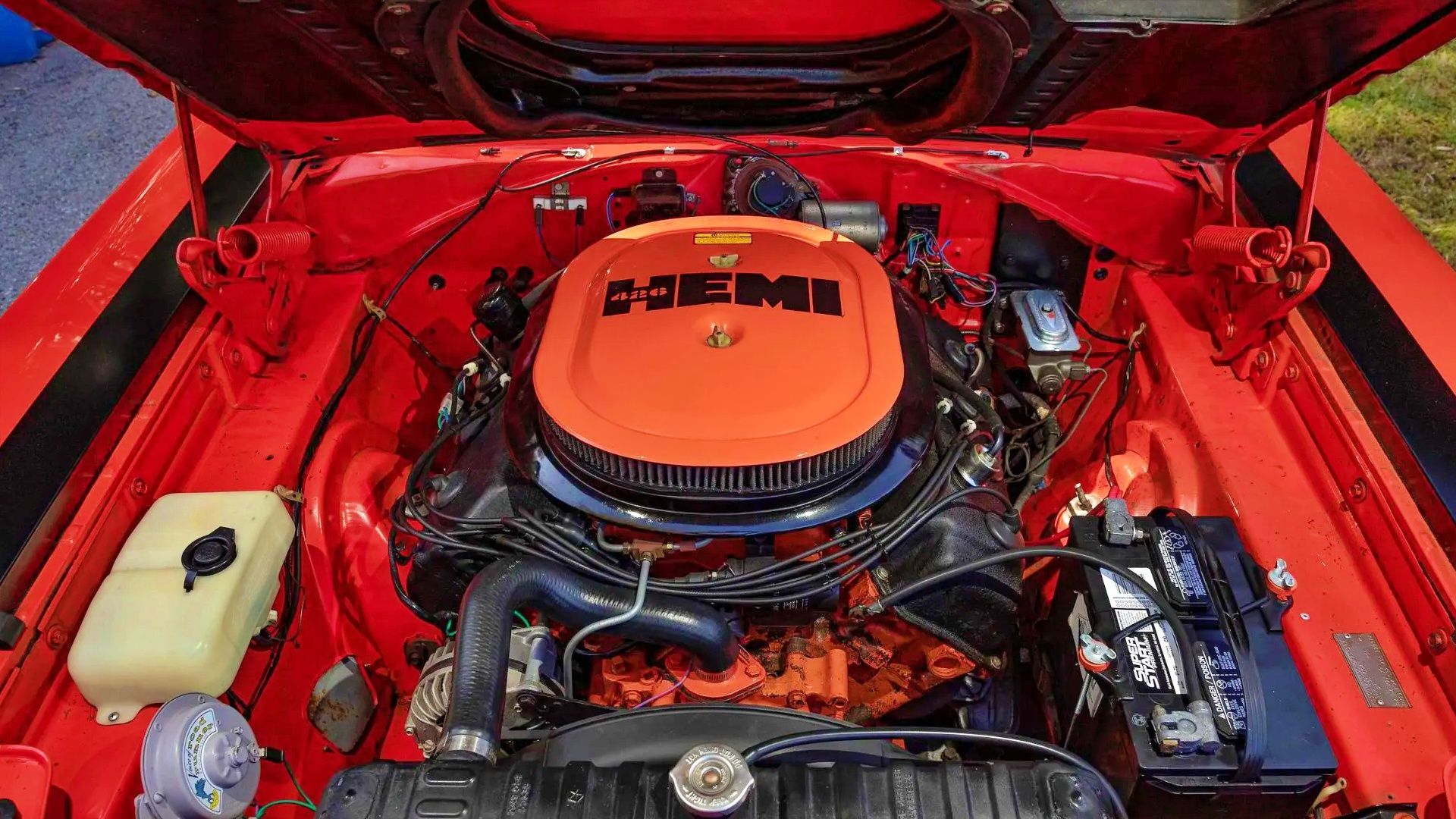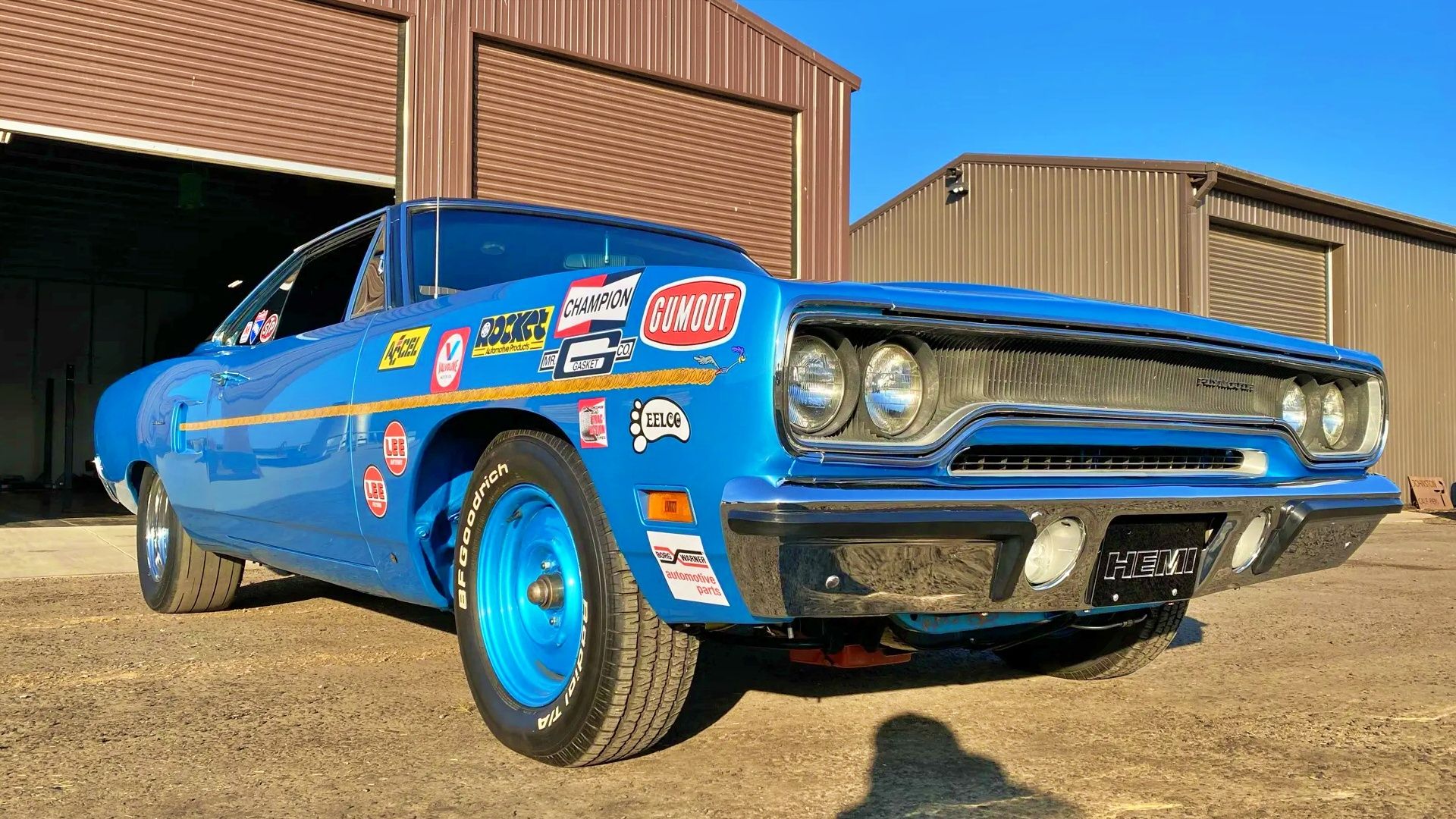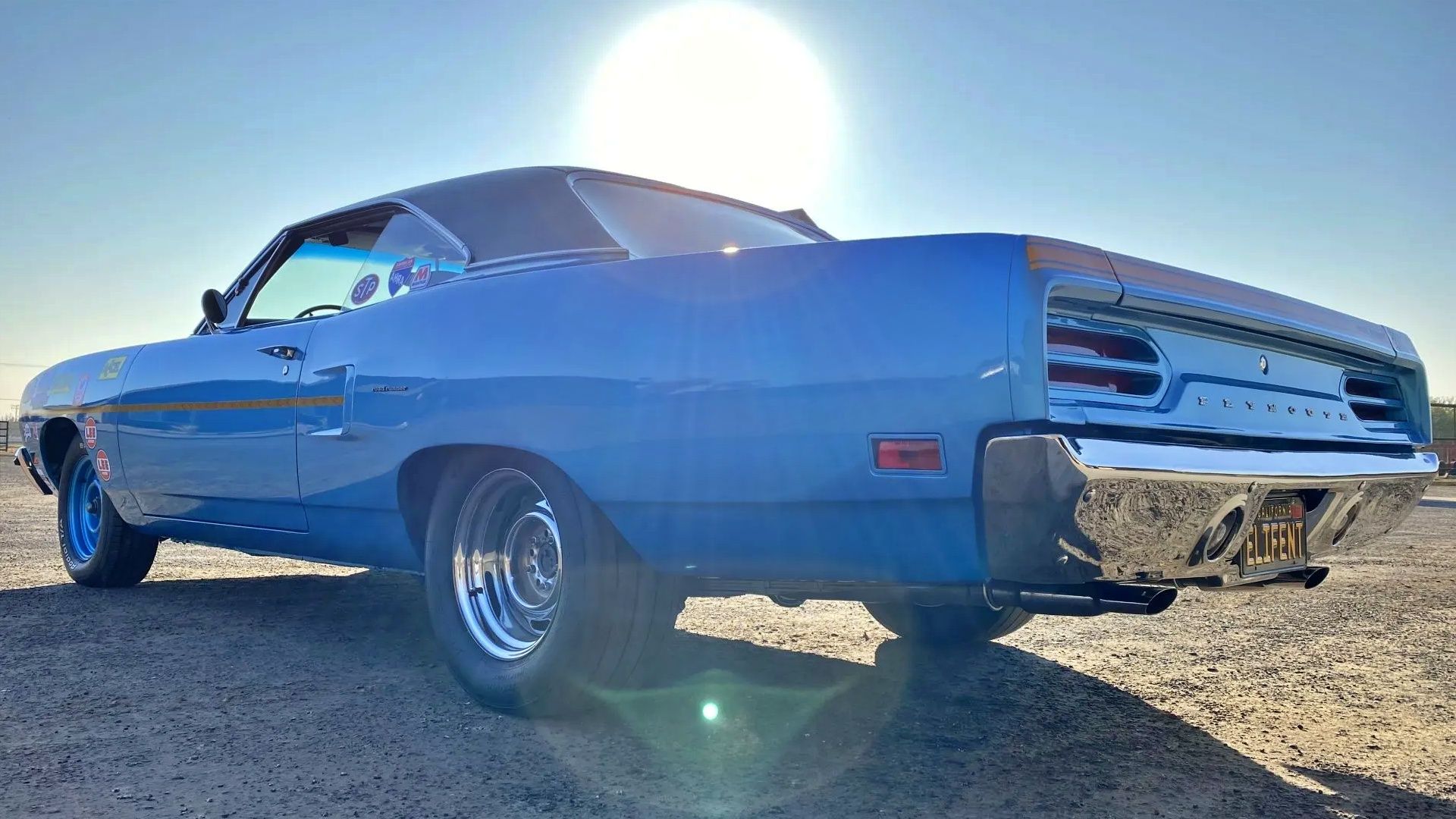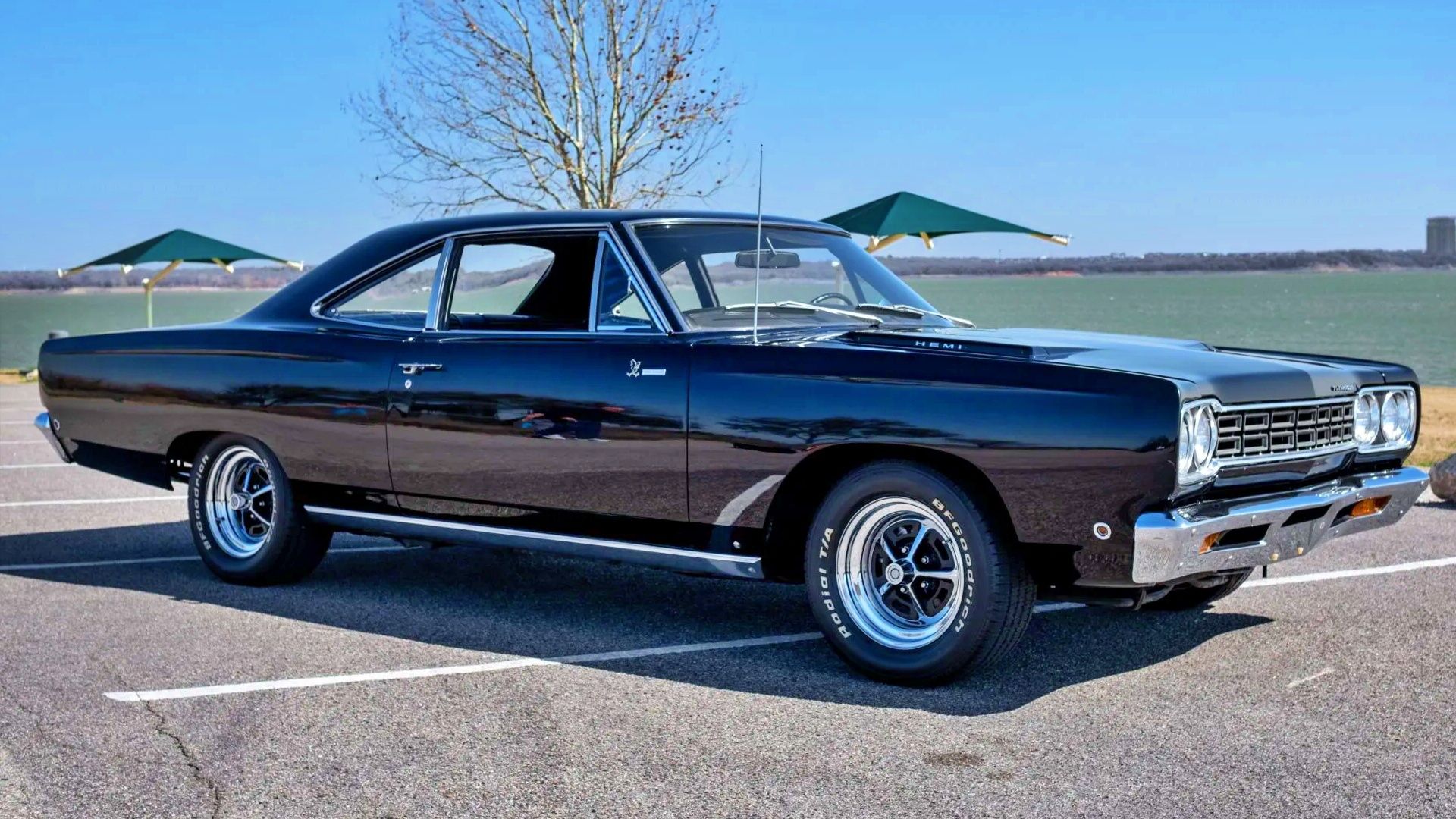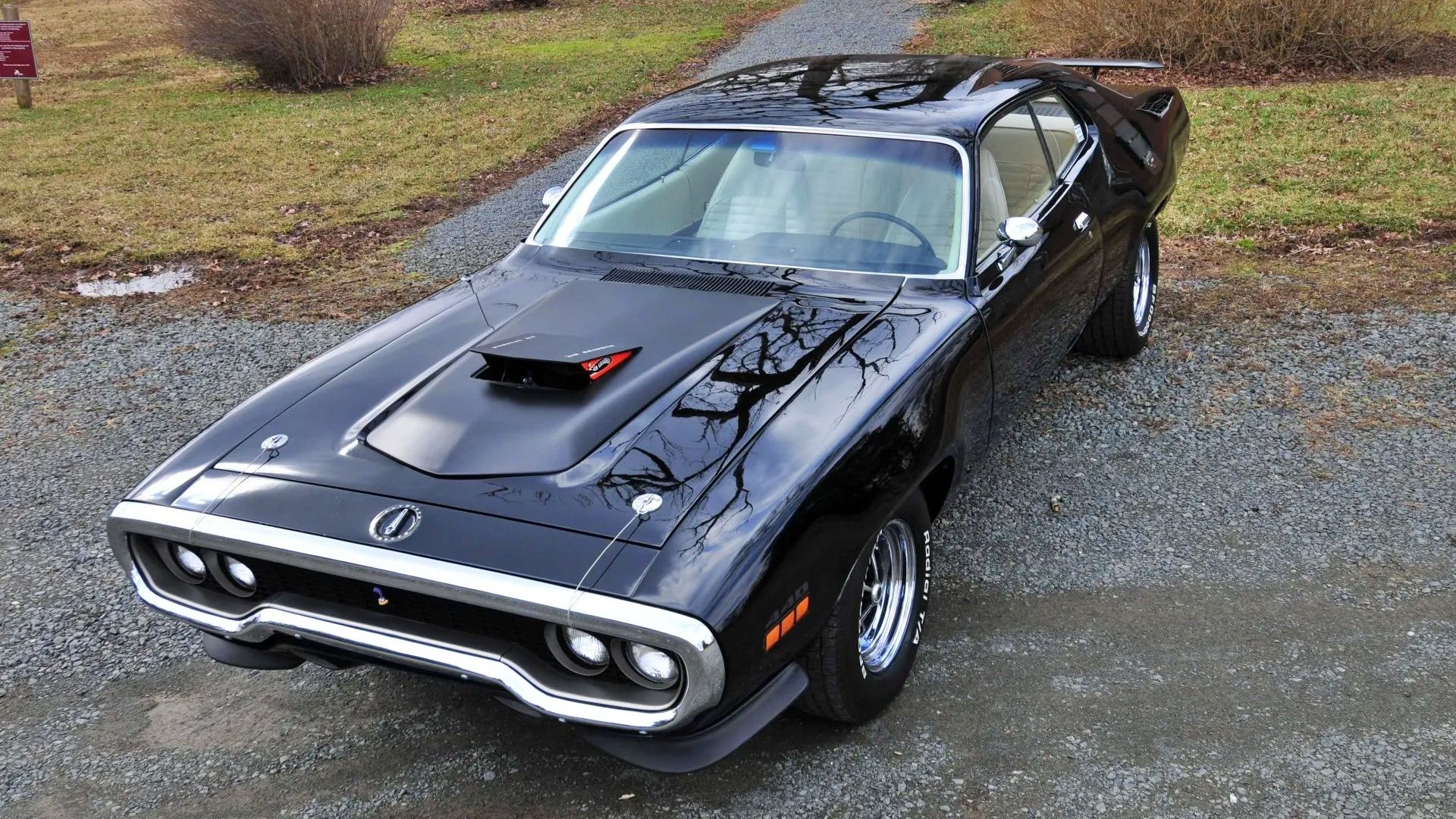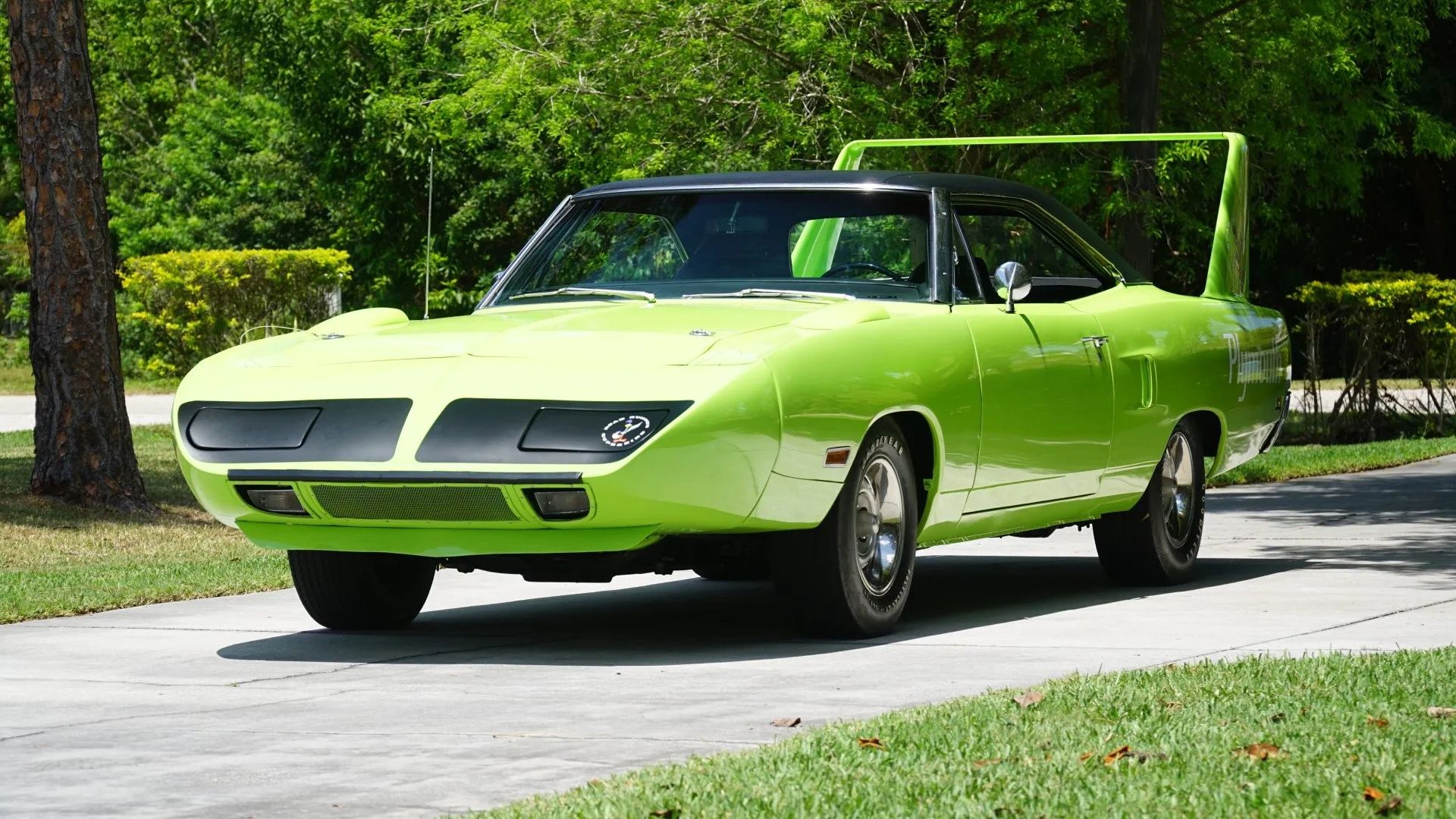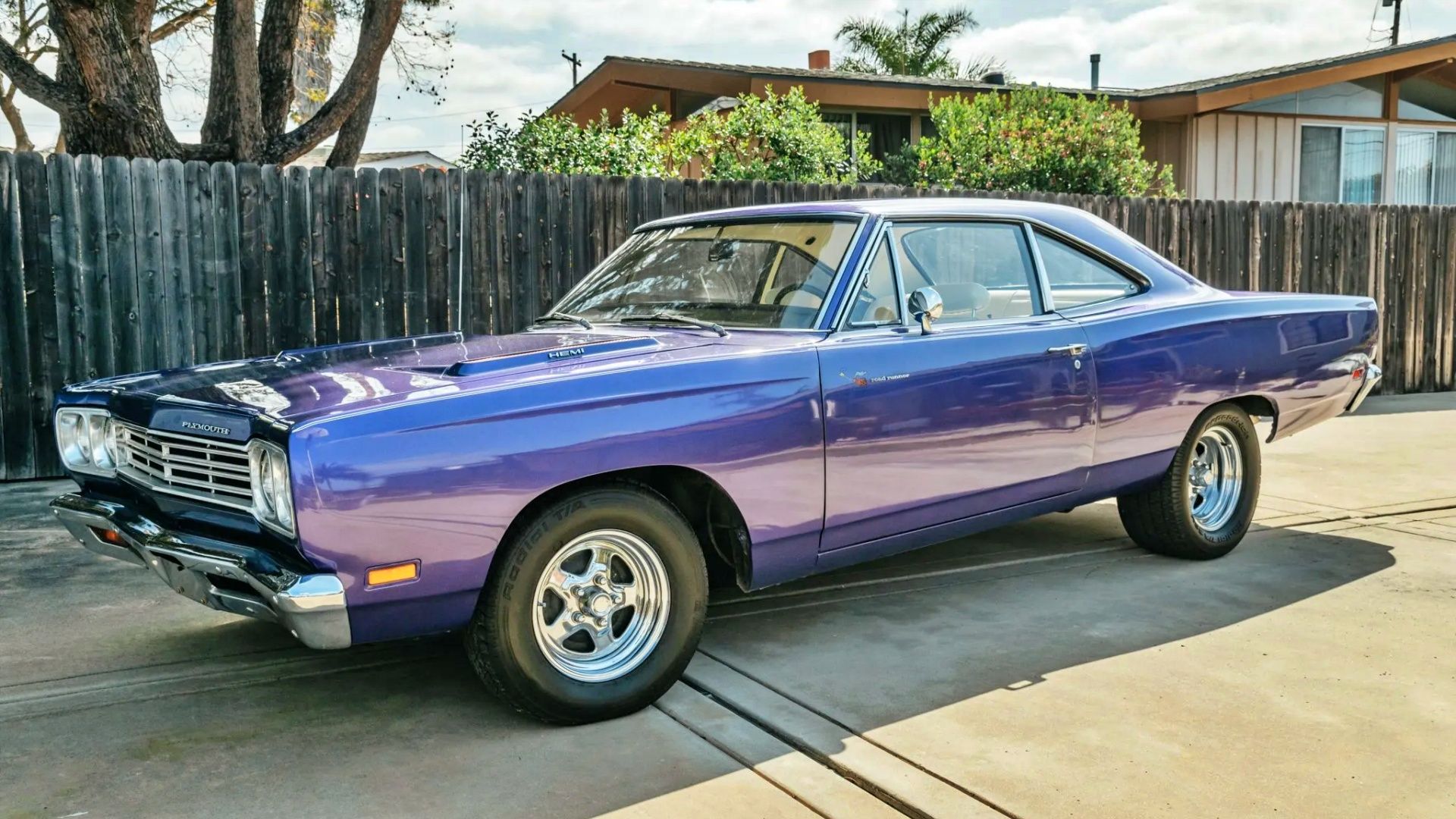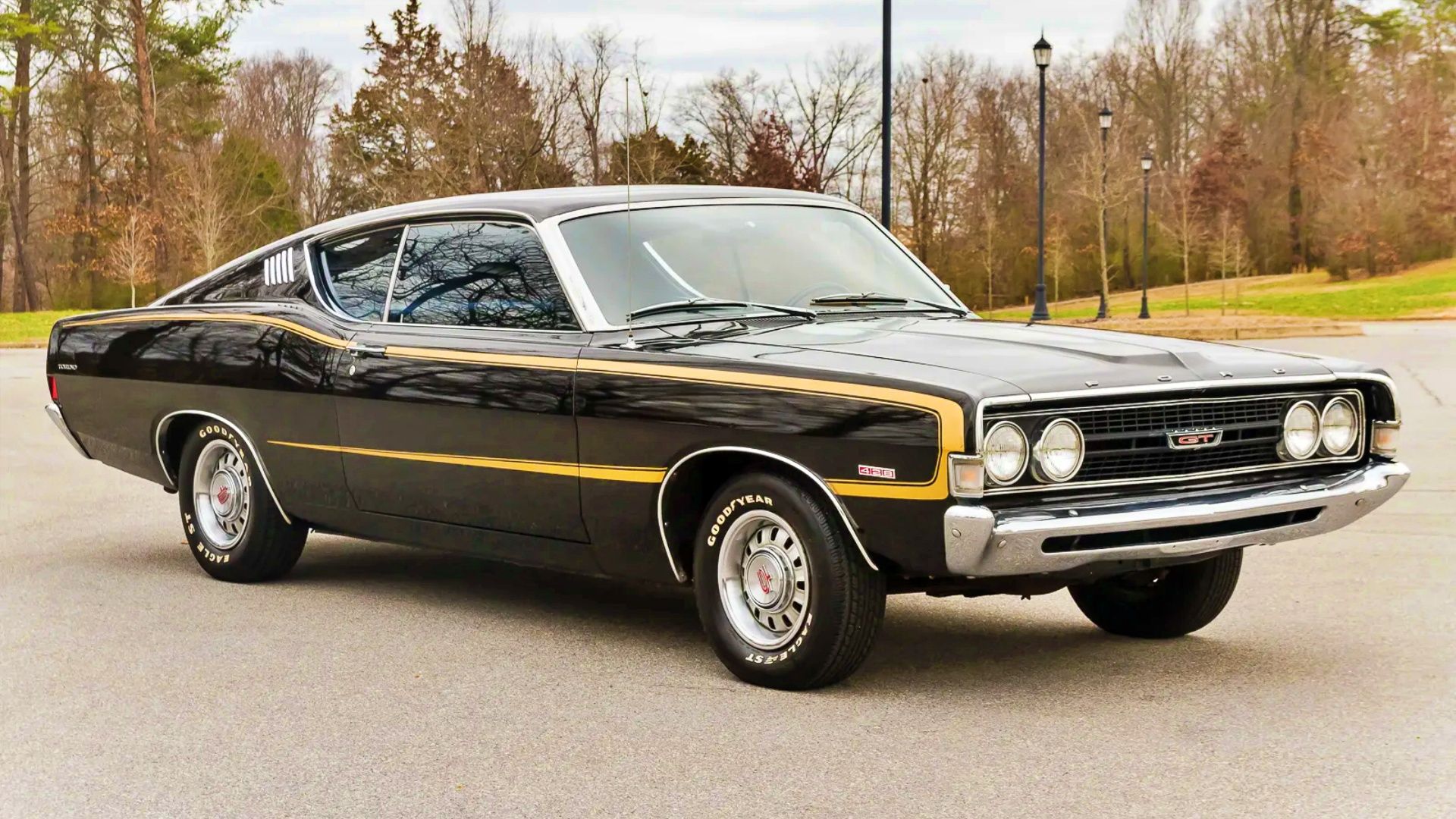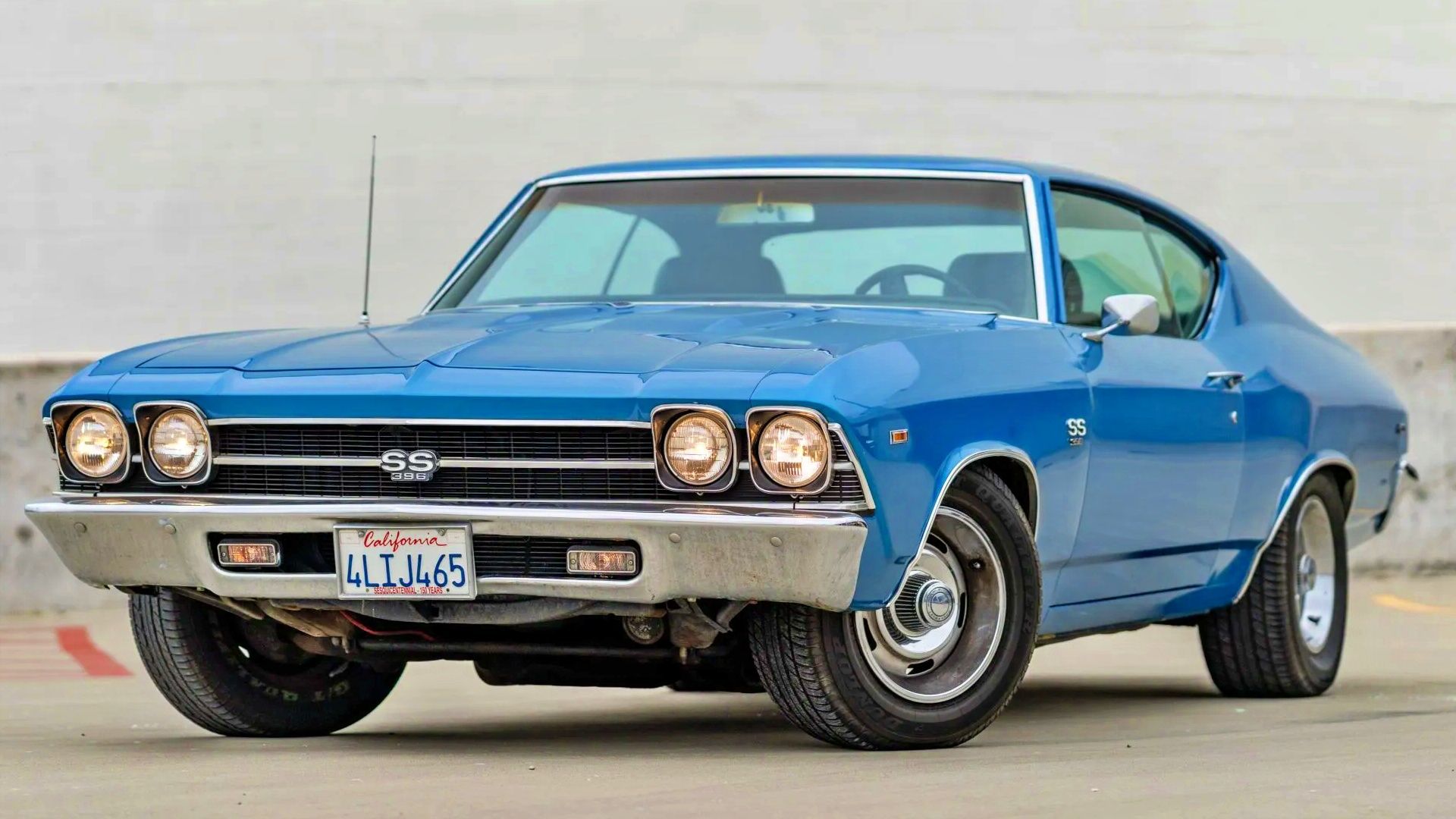How This Forgotten Plymouth Became The Most Powerful Muscle Car Of The ’60s
The Plymouth Road Runner was a huge success right out of the gate in 1968.
During the mid-1960s, it was widely known that the muscle car genre was started by the Pontiac GTO in 1964. The response was incredible. Putting big block power in mid-sized cars drove an incredible amount of sales and each of the big three wanted in on the action. Ford had the Torino, Chevrolet had the Chevelle, and Dodge had the Charger, so Plymouth developed the Road Runner to compete with the others in the mid-size market. The Mopar faithful were champing at the bit for something more affordable than the Dodge Charger and Plymouth gave them just that. When equipped with the 426 Hemi, it was one of the fastest cars of the 70s.
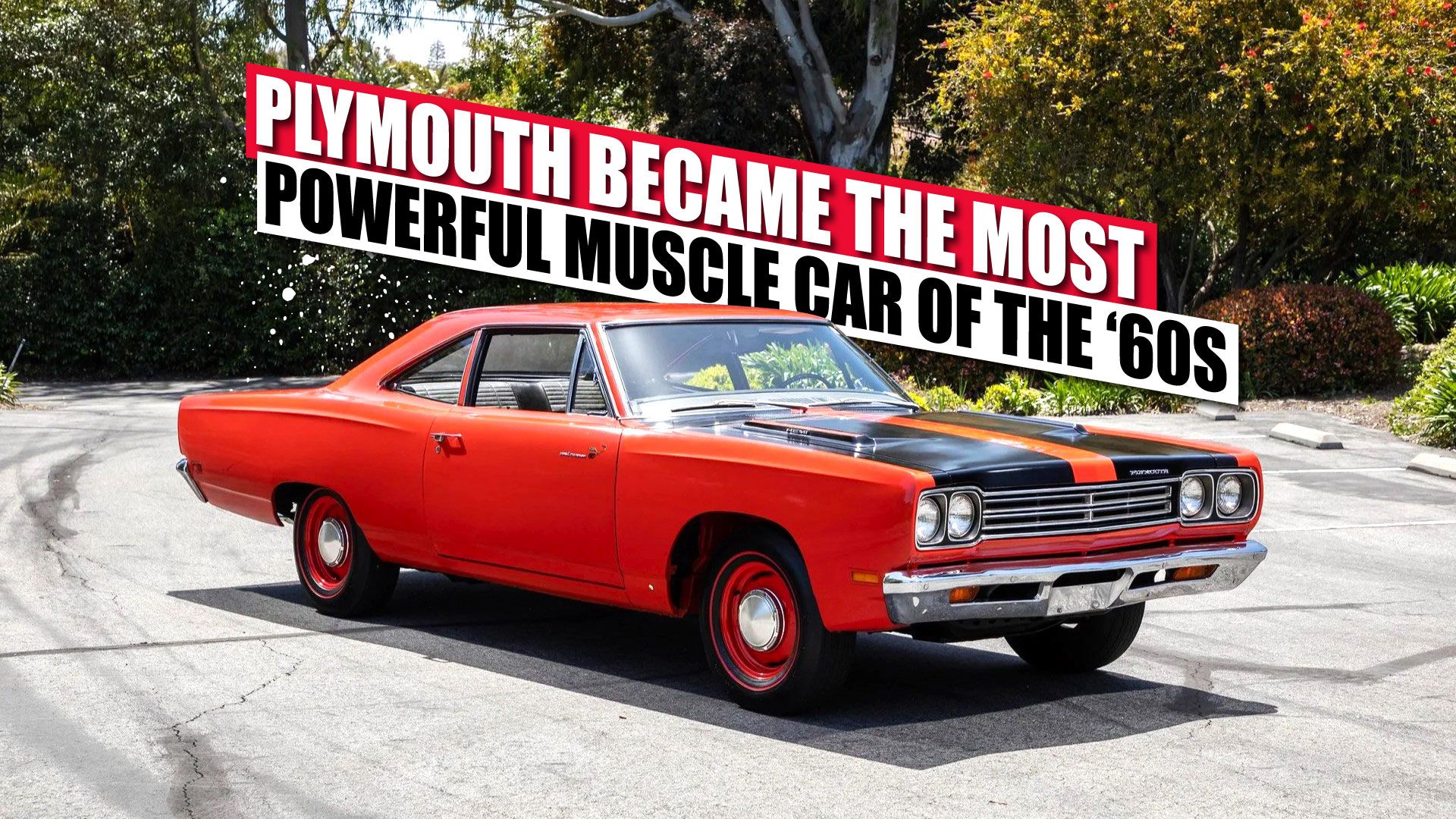
Road Runner Development with 426 Hemi
In the summer of 1967, Jack Smith, an Engineer and team leader at Plymouth, was tasked with developing a lower-cost muscle car based on their Belvedere platform. Jack himself owned a 1967 Plymouth Belvedere II, considered one of the 10 lightning-fast Plymouths for serious muscle car fans. It came equipped with a 383 cubic inch engine putting out 330 horsepower.
Plymouth was after the 18-20-year-old market that had previously not been interested in their brand. Ford and Chevrolet had options for them and Plymouth wanted their business. In their research on how to get into the youth market, they interviewed Brock Yates who told them, “It’s simple; build an affordable, stripped-down mid-size performance car with a big engine.” That’s exactly what they did.
Once the name Road Runner was chosen and the bird from the Warner Brothers cartoon was licensed to Plymouth, they initially thought of putting decals in the glovebox that customers could put on later if they chose to. Some executives at Plymouth did not like the idea of putting the decals of the cartoon character on the car.
Jack and his team, however, did like that idea and decided to convince the brass at Plymouth by bringing their concept car complete with decals in place to show off at the 1968 model preview show at their Highland Park headquarters. A small group of dealers were shown the car and their response convinced Plymouth to build it with the decals installed. The legend was born.
1968-1970 Hemi Road Runner
Specs
| Displacement | 426ci V8 |
| Power | 425 HP |
| Torque | 490 LB-FT |
From 1968 to 1970, the Plymouth Road Runner was available with a 383 big block and no other options at a base price of just shy of 3,000 dollars. This drove sales to 45,000, more than doubling expectations. However, tick the box for the 426 Hemi on the Dodge option sheet, and you added 714 dollars to the cost of the car. Only 1,109 were ordered with the top engine and of those, only 576 had the four-speed manual transmission.
That number fell to 787 in 1969 and 152 in 1970. This was due in part to the price of the 426 Hemi but also the performance available with the cheaper 440 six-pack cars. However, if you are chasing the rarest of them, the Plymouth Road Runner convertible could also be ordered with the 426 Hemi and only 10 people chose to do so, making it one of the rarest muscle cars ever produced.
1971 Hemi Road Runner
Specs
| Displacement | 426ci V8 |
| Power | 425 HP |
| Torque | 490 LB-FT |
In 1971, car insurance companies were beginning to put a lot of pressure on car manufacturers to tone down the performance of their muscle cars. Insurance premiums on big block cars were getting to the point that the cars were becoming unaffordable for the youth market that Plymouth had gone after with the Road Runner. Add to that, government regulations creeping in on emissions of these cars and this would end up being the end of the line for the mighty 426 Hemi.
Plymouth gave it a great sendoff though with its all-new Road Runner in 1971. The body had been completely redesigned with much better aerodynamics and the bumpers front and rear were tucked in tightly to its body. It gave the car a muscular look and stance that made it a perfect home for the last of the 426 Hemis ever produced. Only 55 were ordered with the 426 Hemi, making it the lowest production year ever.
1970 Plymouth Road Runner Superbird
It’s worth taking a look back at the 1970 Plymouth “Road Runner” Superbird. The Plymouth Superbird was developed to meet homologation rules in NASCAR. The name Superbird was used as a designation for the Road Runner that the car was built on with its aerodynamic nose and wing. The 426 Hemi was available as an option under the hood, as was the 440 big block.
They were meant to dominate the high-speed tracks such as Talladega and Daytona. They made 1,935 Superbirds in 1970 with 135 equipped with the 426 Hemi. Rule changes in 1971 eliminated them from NASCAR competition as they would only be able to run with a 305 cubic inch engine. It is now one of the most sought- after cars of the era and routinely sells for over 200,000 dollars.
Specs
| Displacement | 426ci V8 |
| Power | 425 HP |
| Torque | 490 LB-FT |
Plymouth Hemi Road Runner VS. The Competition
Specs Vs The Competition In 1968
| Plymouth Road Runner | Ford Torino | Chevrolet Chevelle | |
| Displacement | 426ci V8 | 428ci V8 | 396ci V8 |
| Power | 425 HP | 435 HP | 375 HP |
| Torque | 490 LB-FT | 440 LB-FT | 415 LB-FT |
| 0 to 60 | 4.9 Seconds | 5.6 seconds | 6.5 seconds |
Results On The Street
- The Road Runner, when equipped with the 426 Hemi, was so dominant on the street that Dodge, who had initially passed on the design, came up with the Super Bee model to tap into the Road Runner’s success.
- The 428 Cobra Jet was the only one close to the Hemi in power and torque. It was also its primary nemesis in NASCAR, with Ford winning the manufacturers’ title in 1968 and 1969. The 1969 Torino Talladega was the reigning champ, but Plymouth would take the crown in 1971.
- Sales peaked in 1969 and, with the 426 Hemi in tow, the Plymouth Road Runner cemented its legacy.
